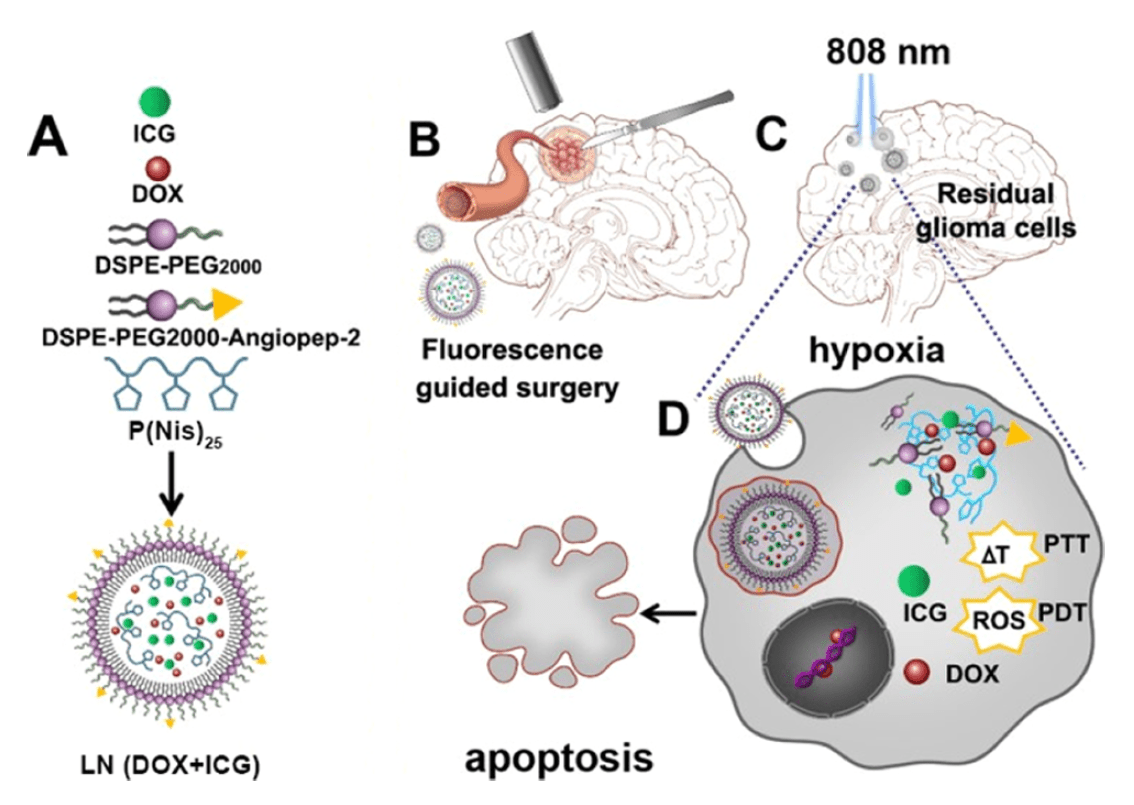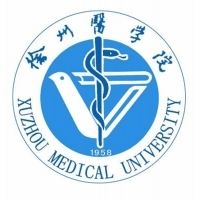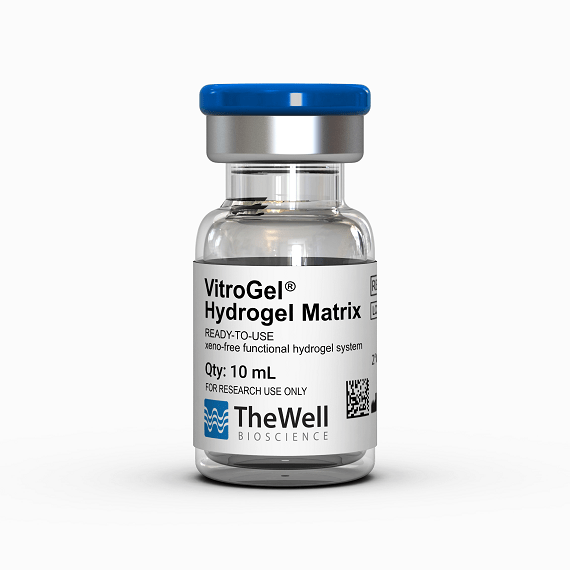Research Highlights
Development of Hypoxic-Responsive Lipid Polymer Nanoparticle for Eradication of Residual Glioma Cells

Institution:

Institute of Nervous System Diseases, Xuzhou Medical University, Xuzhou
Team:
Haoyue Xu, Yuhan Han, Gang Zhao, Long Zhang, Zongren Zhao, Zhen Wang, Liang Zhao, Lei Hua, Konduru Naveena, Jun Lu, Rutong Yu, and Hongmei Liu
Application:
Testing Lipid Polymer nanoparticle (LN) on in vivo and in vitro glioblastoma models.
Disease Model:
Glioblastoma
Hydrogel:
VitroGel® 3D
Glioma is the primary and most common type of intracranial tumor. Owing to their highly invasive nature and aggressive proliferation, it is difficult to completely excise gliomas to surgically cure glioma patients. As a result, there is a great need for effective treatment to be developed. Fluorescence-guided surgery (FGS) methods, which selectively identify cancer cells by enhancing visual differences between normal and tumor tissues, are becoming more prevalent. The researchers involved in this study prepared a glioma lipid polymer nanoparticle (LN) to deliver ICG (Indocyanine green) and doxorubicin (DOX), allowing implementation of FGS and multimodal treatment based on eradication of residual glioma cells in a novel glioma surgery strategy. They hypothesized that they could use LN (DOX + ICG) to target glioma through guided surgery by ICG fluorescence, providing a novel clinical approach to preventing post-surgical recurrence of glioma. The uptaken LN (DOX + ICG) would be irradiated with 808 nm Laser, aggravating hypoxic conditions in the glioma cells, resulting in rapid release of DOX from LN (DOX + ICG). DOX will enter the nucleus of the Glioma tumor cells and kill them.
Xu and his colleagues successfully fabricated a hypoxia-responsive LN (DOX + ICG) for post-surgical photodynamic therapy (PDT) / photothermal therapy (PTT) and DOX therapies. They conducted in vivo studies to test the effectiveness of LN (DOX + ICG). The experiments showed that LN (DOX + ICG) had significant therapeutic effects in preventing glioma recurrence. Similarly, they investigated anti-glioma activity on the physiologically realistic in vitro models created using the VitroGel system, which shows the results with an excellent agreement with their in vivo models. Both in vivo and in vitro studies showed increased uptake of DOX in the nuclei of the glioma cells indicating that LN (DOX + ICG) displays good hypoxia-responsive drug release when combined PDT/PTT and DOX treatment of glioma in vivo. The in vitro models that can mimic the physiological conditions can play an important role in developing effective treatment of diseases with poor prognoses such as glioma.
Read the publication:
Related Products:



